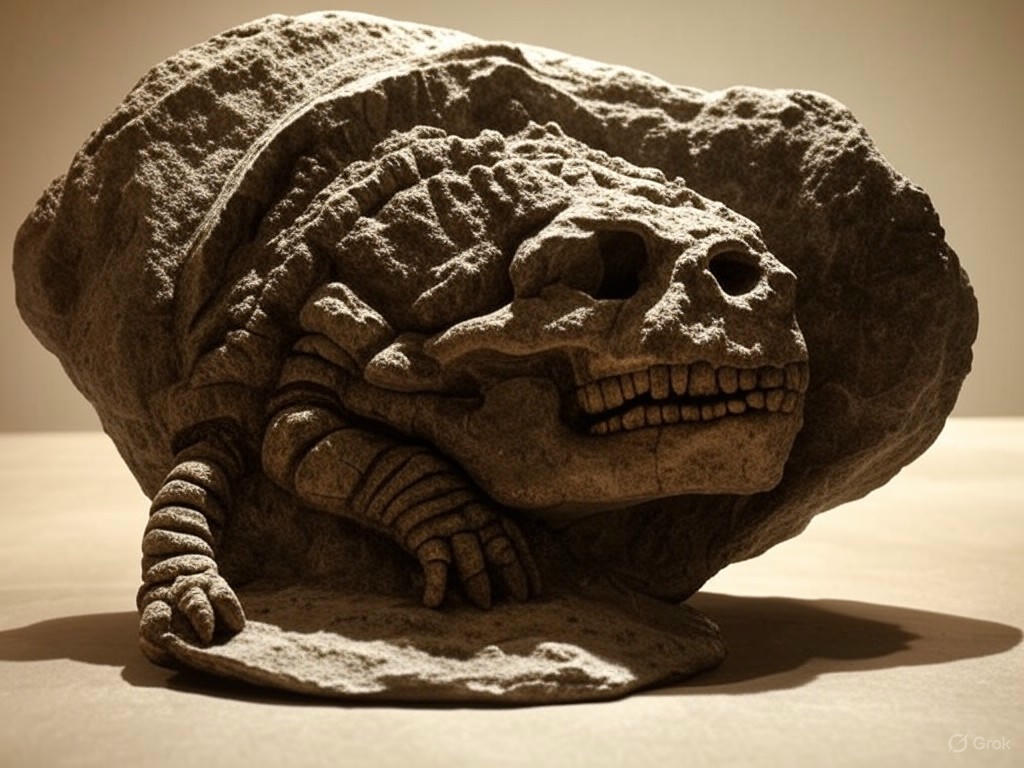Unraveling a 500-Million-Year-Old Puzzle: Fossil Redefines Animal Origins
In a groundbreaking discovery that challenges long-held beliefs about the dawn of animal life, scientists have reclassified a peculiar 500-million-year-old fossil from the Cambrian period. Initially believed to be an early ancestor of mollusks, this enigmatic, spiny specimen has now been linked to the chancelloriids, an obscure group of ancient organisms. This finding, emerging from detailed fossil analysis, is reshaping our understanding of how complex life forms evolved on Earth during one of the most transformative eras in biological history.
The Cambrian period, often dubbed the ‘Cambrian Explosion,’ marks a time roughly half a billion years ago when life on Earth underwent a rapid diversification. During this era, the oceans teemed with bizarre creatures, many of which defy easy categorization even today. The fossil in question, unearthed from ancient sedimentary rocks, was first thought to represent a primitive mollusk due to its unusual, shell-like structure. However, closer examination using advanced imaging techniques revealed features inconsistent with mollusk anatomy. Instead, researchers identified traits aligning it with chancelloriids, a mysterious group of marine organisms characterized by their spiny, armored exteriors. This reclassification suggests that the evolutionary tree of early animals may be far more intricate than previously imagined.
What makes this discovery particularly exciting is its impact on our broader understanding of evolutionary relationships. Chancelloriids, unlike mollusks, are not closely related to most modern animal groups, and their exact place in the tree of life remains a subject of debate. Some scientists speculate they could be linked to early sponges or other primitive organisms, while others propose they represent a unique lineage with no direct descendants. By placing this fossil within the chancelloriid family, researchers are forced to reconsider the pathways through which complex traits like protective spines and segmented bodies emerged. It also raises questions about the environmental pressures of the Cambrian seas that drove such diverse adaptations. Were these spines a defense against predators in an increasingly competitive ecosystem, or did they serve another purpose entirely?
This fossil’s story is a testament to the ever-evolving nature of science. As technology advances, so too does our ability to peer into the distant past with greater clarity. Paleontologists are now eager to revisit other misclassified fossils from the same period, hoping to uncover additional clues about the origins of animal diversity. Collaborative efforts across disciplines, from geology to molecular biology, are helping to paint a richer picture of life’s earliest chapters. Each discovery, like this one, acts as a puzzle piece, gradually revealing the grand tapestry of evolution.
As we continue to explore the ancient past, findings like this remind us of the complexity and wonder of life’s beginnings. This 500-million-year-old fossil, once a mere curiosity, now stands as a beacon of scientific progress, urging us to question assumptions and embrace the mysteries that still lie buried in Earth’s ancient rocks. The journey to understand our origins is far from over, but each step brings us closer to the truth.


